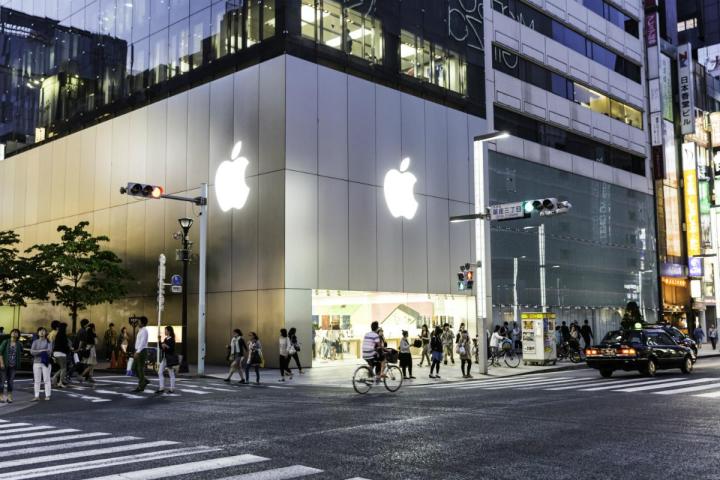
A new feature called Wi-Fi Assist aims at strengthening your data connection, but it could actually cost you some money. When connected to a Wi-Fi network, iOS 9 will switch over to your mobile data if the Wi-Fi network is weak. Since most consumers are limited to a particular amount of data each month, this feature could result in your carrier charging you extra for the additional data used over your allotted amount.
The good news is that you might just get compensated for this if it happened to you. A class action suit was filed in the U.S. District Court in San Jose this past Friday. The plaintiffs, William Scott Phillips and Suzanne Schmidt Phillips, allege that Apple didn’t explain the new feature thoroughly enough to consumers.
The plaintiffs argue that overage charges were incurred on both of their iPhone 5S phones after upgrading to iOS 9, though the amounts were not disclosed. The suit itself is valued at $5 million, but that is more of an estimated amount to cover all affected consumers.
You can actually turn off Wi-Fi Assist, but the problem is that it’s on by default. As a result, most people would never know about its existence until they rack up extra charges and try to figure out what happened. The plaintiffs are arguing that Apple should have posted more information about this so consumers could make a choice and turn it off before additional charges were incurred.
If you happen to go to Apple’s website now, you will get a pretty detailed explanation of how Wi-Fi Assist works and how to turn it off. Unfortunately, this information wasn’t posted until after initial complaints started rolling in about two weeks ago, which was already too late.
The guide downplays the possibility of extra data usage by saying, “For most users, this should only be a small percentage higher than previous usage” and stresses that Wi-Fi Assist will not be utilized for apps in the foreground. Still, this doesn’t compensate for consumers who might be trying to stream data-heavy media like music or movies. And yes, Apple Music would fall into this category.
Now that you know about Wi-Fi Assist, you might be wondering how to turn it off before you get hit with additional charges. You can do so by heading into Settings and choosing the Cellular section. Scroll down to the bottom and you will see Wi-Fi Assist. Just tap the toggle button to turn it off. Unfortunately this option is missing on older devices such as the iPhone 4S, iPad 2, and the first-generation iPad mini.


